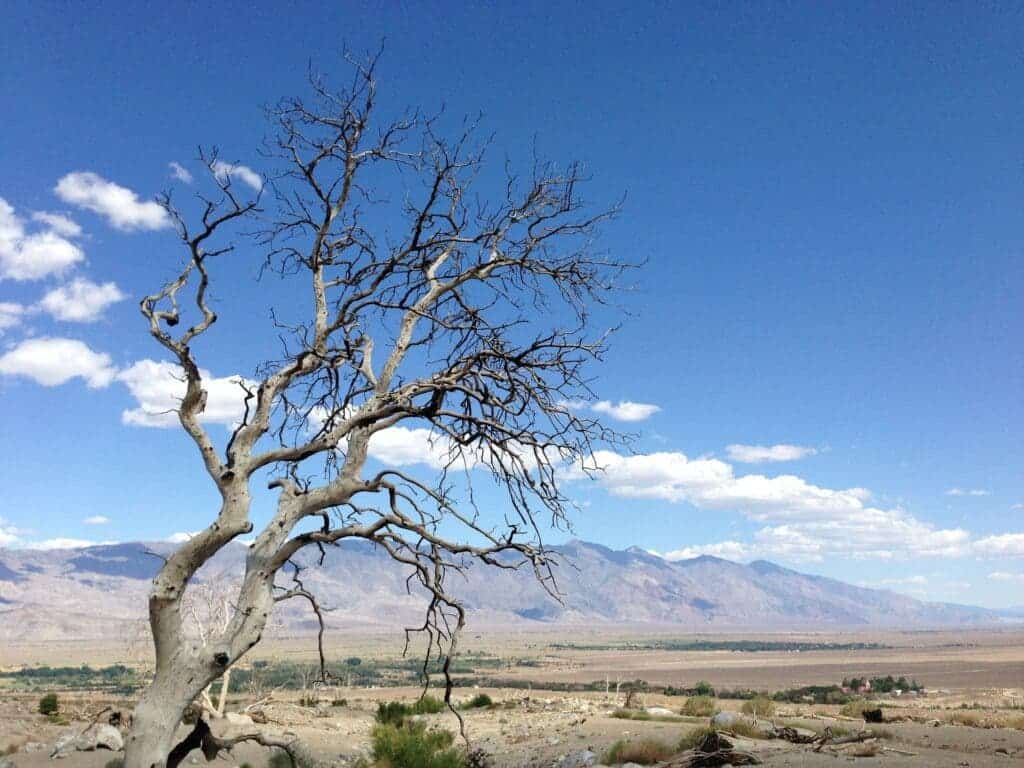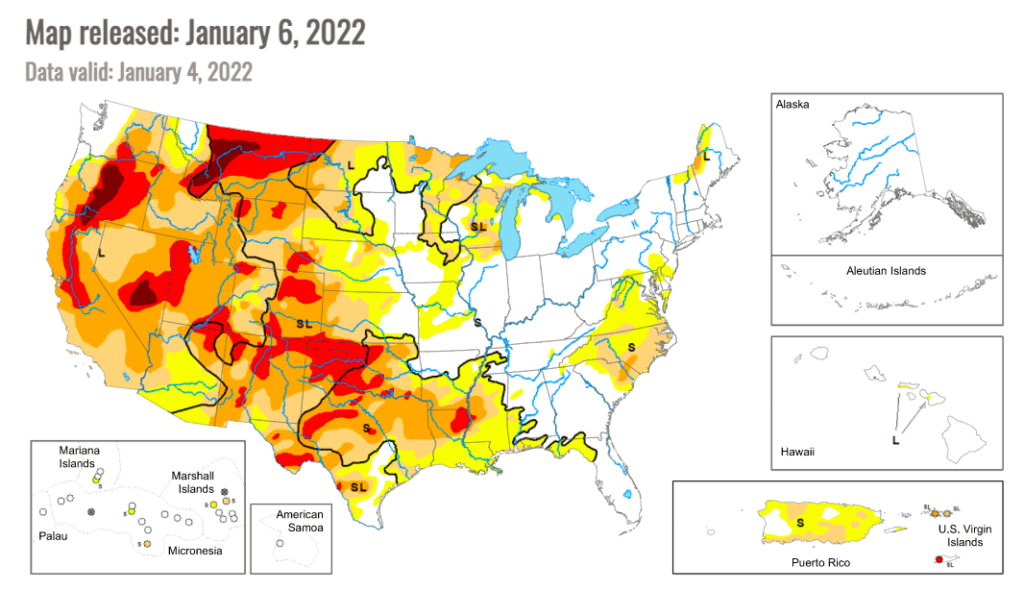In a clear sign that the drought is far from over, the state of California has adopted new mandatory regulations to stop residents from wasting the state’s water — the second time in a decade the state decides to restrict the use of water. While the new restrictions are fairly mild, not respecting them could still cost $500 in daily fines.

The state’s Water Resources Control Board, which manages water resources, implemented the new rules after a previous call by Governor Gavin Newsom for a voluntary 15% reduction in water use compared to last year – a target that wasn’t met. The restrictions could take effect as soon as January 15th and have a one-year expiration date, unless extended by the state.
“Climate change is challenging us to build drought resilience in our water infrastructure and management practices and at an individual level in our daily habits,” Joaquin Esquivel, chair of the State Water Board, said in a statement. “Prohibiting wasteful water practices increases awareness of water as a precious resource.”
For instance, Californians won’t be allowed to use potable water to irrigate grass on public street medians or landscaped areas between the sidewalk and the street. Using potable water for street cleaning, construction, decorative fountains, and artificial lakes will also be banned. There are a few exceptions, such as watering trees in street medians.
No other state in the West has implemented statewide restrictions on the use of water on a residential level, although much of the region is currently experiencing a drought. Instead, local governments and water agencies have been the ones setting policies. For example, Las Vegas implemented restrictions on planting grass in order to save water.
A very wet December
The new restrictions on water use come after a very wet December, but authorities believe the wet trend won’t continue during the winter months, which are normally the wettest in California. In mid-December, about 80% of the state was in extreme or exceptional drought. By the end of the month, only a third had those conditions, according to the United States Drought Monitor.

Thanks to the recent rainy spell, the state’s Water Resources Department announced this week that it will resume operations at the Oroville Dam, which went to a full stop in August due to low water levels on the lake. Still, major parts of the state’s water system remain under stress after the extremely dry conditions registered earlier in 2021 – dropping reservoirs to record lows.
About 90% of California’s rainfall and snowfall usually happens between October and April. This makes the winter season a crucial period for determining the conditions that the state will face during the summer. The snowpack is very important, as it’s a way to save water that will then trickle into rivers, streams, and reservoirs during the warmer seasons.
The state had implemented similar restrictions on water use during a five-year drought that ended in 2017 and some cities have even made them permanent. The restrictions were only one piece of the puzzle, as the state also offered incentives for citizens to set up drought-resistant lawns. Now, water conservation could be trickier, as those measured had already been applied before and California still has to squeeze the belt.









